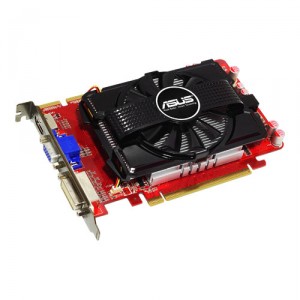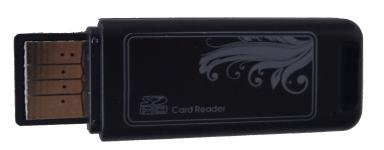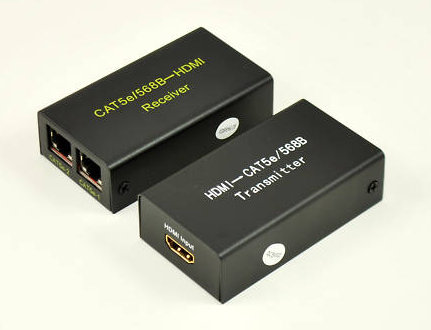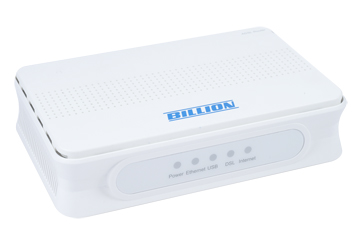Asus EAH5670 PCI Express Video Card with ATI Radeon HD5670 GPU
Written by Vlad on December 21, 2010 – 3:22 pm - 2,513 views
Today I purchased an Asus EAH5670 PCI Express Video Card with 1GB GDDR5 RAM, based on the ATI Radeon HD5670 Graphics Processor Unit. It has VGA, DVI and HDMI connectors, with support for audio over HDMI as well.
I chose this video card for the following reasons:
- I wanted a high level of performance. This video card is mid-range, but compares favourably to other high performing cards like the Nvidia 9800 series
- I needed a video card that would not consume too much power, as my desktop power supply is only 450W. Some video cards consume so much power that they require a supplementary 6-pin PCI Express power cable, which my power supply doesn’t have. The Radeon HD5760 GPU does not need supplementary power, and consumes as little as half the power of some Nvidia models
- I don’t want to have to install additional cooling in my case, so I don’t want a card that runs too hot, even if I have to sacrifice a bit of performance.
- I am trying to keep this computer quiet, as it is on all the time and near a bedroom, so I did not want one that needed a powerful fan. The Asus EAH5760 has a smaler and quieter fan, compared to similar ATI Radeon HD5670 cards manufactured by companies like Gigabyte and MSI.
- I had a maximum budget of $150. I managed to get the Asus EAH5670 for $110 from MSY Computers
Why I Upgraded My Video Card
At the start of 2008, I bought a cheap Core 2 duo-based mini tower with 2GB RAM to use as a headless server for TV recording, using a DigitalNow TinyTwin Dual Digital USB Tuner running DNTV Web scheduler. Last year, I bought a Dell SP2309W 23″ wide screen monitor on sale for $180, and that system was reassigned to be my regular home workstation.
Unfortunately, it was based on one of those cheap all-in-one motherboards with built-in video – an Asus P5GC-MX 1333 based on the Intel 945GC Express chipset.
Although I upgraded the RAM from 2GB to 4GB, the system could only recognise 3.25GB. At first I thought it was because I was running Windows XP 32-bit, which often hits a maximum memory barrier around there, but even after I upgraded to Windows 7 Professional 64-bit, It still reported the same memory limit. After doing some research, I found that the Intel 945GC chipset has a nasty shortcoming – it reserves a large chunk of memory address space between 3.25GB and 4GB for motherboard peripherals (i.e. graphics, PCI devices). This is not a problem when you only have 2GB of RAM in your system but if you install 4GB, you will lose 750MB. Better motherboards have the ability to remap (reassign) this chunk of memory to a different address, but it appears the Intel engineers who designed the 945GC stuffed up royally here. This problem is exacerbated by the fact that the motherboard’s in-built graphics chipset shares memory with the rest of the system, so I knew that by upgrading to a video card with its own dedicated memory, my system would run faster.
Experiences So Far with the Asus EAH5670
I have now been using this card for several hours and I have noticed a big improvement. I am running at a screen resolution of 2048×1152 with 32-bit color. I am noticing that web browser windows open up a lot faster and the system feels much more responsive and pleasant to use. The Windows Experience Index – Graphics Component, that is calculated by Windows 7, has increased from 3.3 to 7. I am very happy.
Tags: Asus, ati, radeon
Posted in Computer Hardware | 1 Comment »







1 Trackback(s)